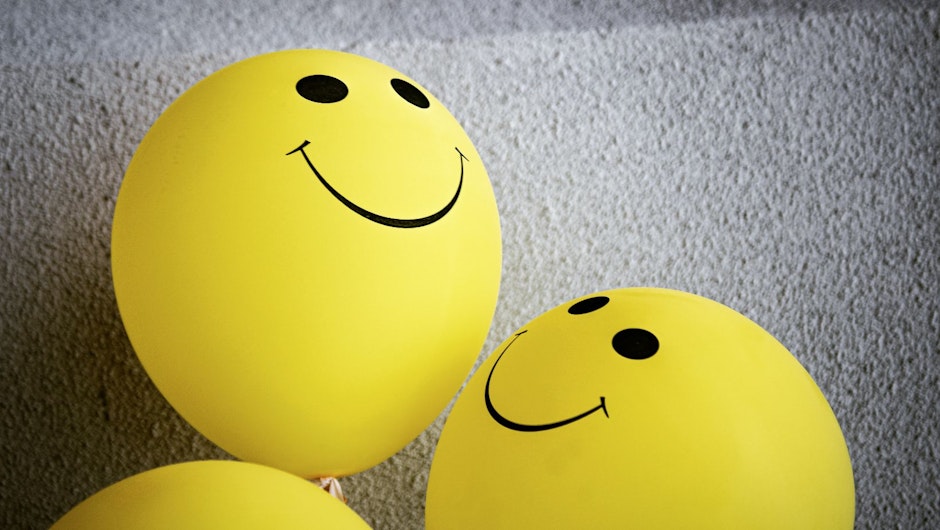What is the difference between customer experience (CX) and user experience (UX)?
Language and how we communicate is a crucial aspect of all cultures

Every industry has its own language, its own jargon. It’s often seen as a way to simplify, but all too often it can create a barrier to understanding, confusing and isolating when you aren’t sure if you are saying the “right” thing or using a word in the “right” way.
This happens with customer experience (CX) and user experience (UX). CX and UX are relatively new concepts, with innovative tools and techniques being developed all the time. Navigating what these terms mean and the wealth of language that sits below can be difficult. So what is the difference?
Customer experience
CX refers to all interactions that a person has with a brand or business. It focuses on the business and customer relationship. CX looks to cultivate a meaningful relationship, by understanding and shaping all interactions across channels and stages. CX is a sum of all the big and small interactions, and the business process that support them.
User experience
UX refers the experience of interacting with a specific aspect of a brand or business. A website, digital or physical product. UX designers analyze usability and how enjoyable a specific service or product is. UX will look to address the cohesiveness of digital products within a given journey. This ensures the user experience of specific touch points lives up to the over-arching principles of the CX.
An example of UX and CX together
A poorly designed website, that doesn’t meet users’ needs is likely to frustrate customers. Customers then turn to your contact center to fulfill their need. The contact center give exceptional service. You get great feedback about the contact center and customers are generally happy, but they remember the website was bad. The next time they want to purchase something or have a query, they’ll go straight to the contact center because they remember this was much easier than using the website.
The operating cost for running an exceptional contact center is significant. The business finds too much time is often spent answering simple inquiries. Some customers don’t like using this channel and have found providers that have great contact centers and websites. And as your business grows, more clients mean more calls. Making the service even more expensive to run.
Improving the UX of the website and introducing new self-serve features, would improve the overall CX and generate savings within the organisation. The exceptional contact center is still there for those that need it. Improving the UX has improved the CX and made your business more profitable.
The below diagram helps explain relationship and key areas of focus.
Striking a balance between focusing on CX and UX is vital for your brand’s success. Neglecting CX in one department can undermine the effectiveness of other departments. Neglecting UX can mean your client never converts and increases pressure on other departments to deliver. What is most important to remember, both disciplines put people and research first!
A great CX and UX professional won’t mind what term you use. They will focus on understanding you, your customers and all your user groups. They will help guide you through the world of CX and UX, helping you to introduce user/customer-centric processes throughout your organization.

